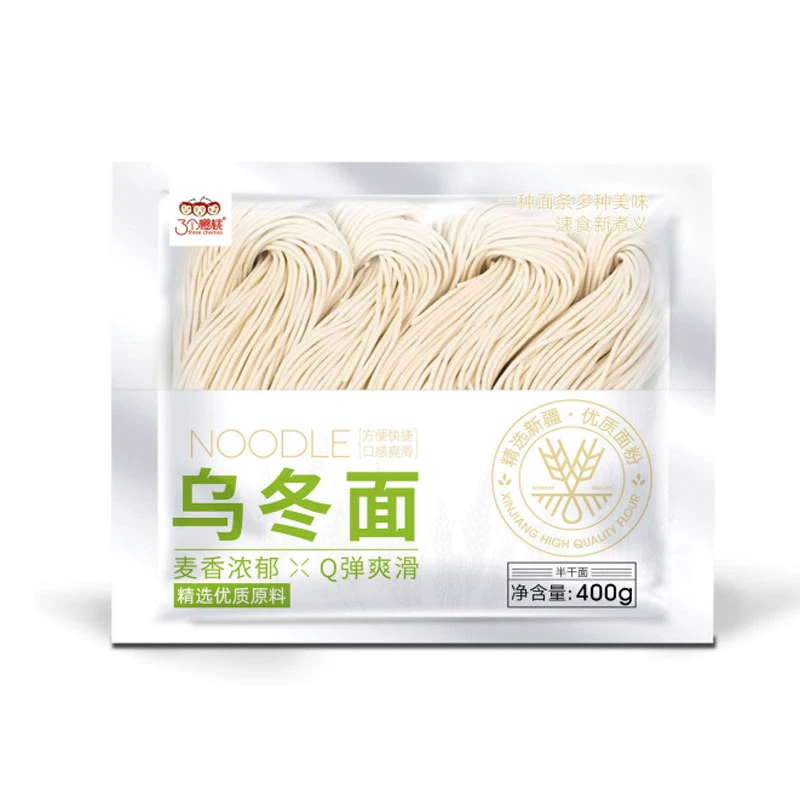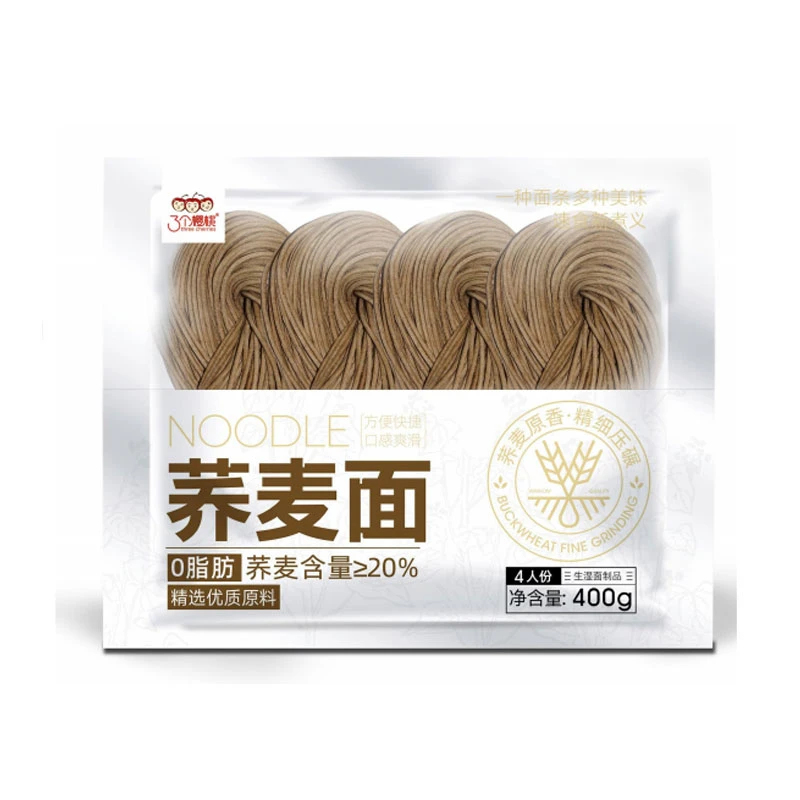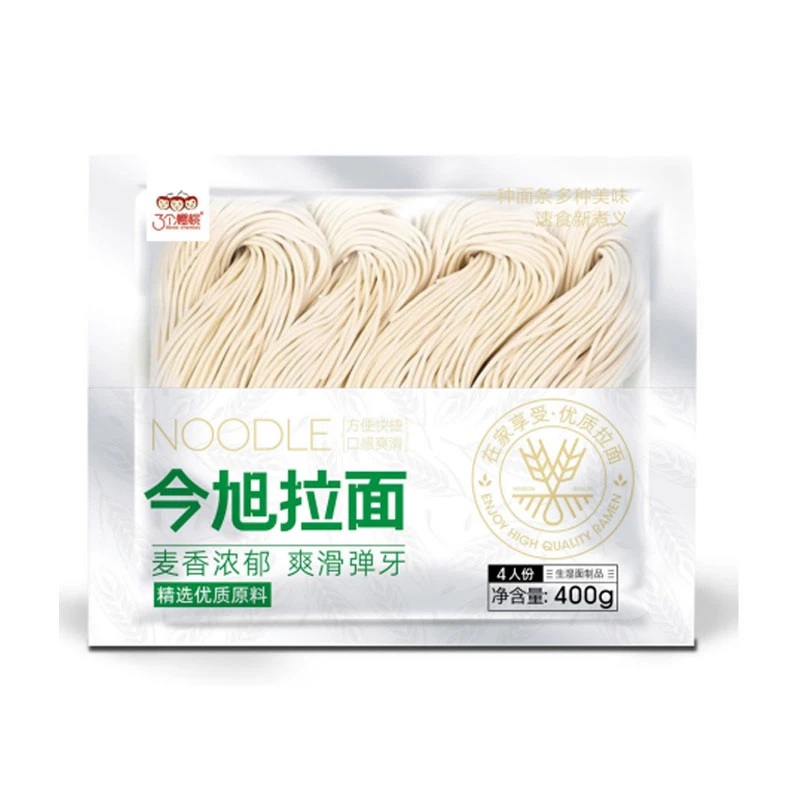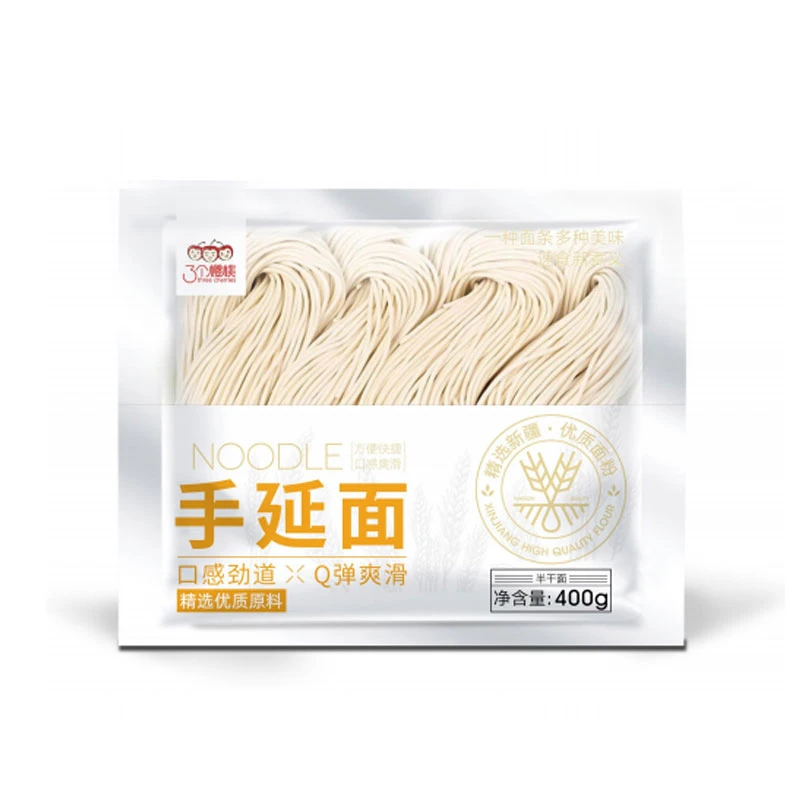Low GI70 Soba: Delicious, Healthy & Blood Sugar Friendly
Introduction to Low GI70 Soba & Industry Trends
In an era where health and wellness are paramount drivers for consumer choices, the demand for nutritionally optimized food products is surging. Among these, the market for low glycemic index (GI) foods is experiencing significant expansion, propelled by a global increase in health-conscious consumers, a growing prevalence of lifestyle-related conditions such as type 2 diabetes and obesity, and a greater understanding of sustained energy metabolism. Within this dynamic landscape, soba GI70 ຕໍ່າ emerges as a strategic product offering.
Soba noodles, traditionally made from buckwheat flour, are renowned for their distinct flavor and nutritional profile. However, conventional soba often presents a moderate to high GI. The innovation behind soba GI70 ຕໍ່າ lies in its specialized formulation and processing, engineered to deliver a significantly reduced glycemic response. This caters directly to consumers and B2B clients in sectors such as healthcare, sports nutrition, and premium food service, who require food options that support stable blood sugar levels, sustained energy, and effective weight management strategies. Industry analysis indicates a compound annual growth rate (CAGR) of approximately 6.5% for the global low GI food market, projected to reach over $150 billion by 2028, underscoring the strategic importance of products like this.
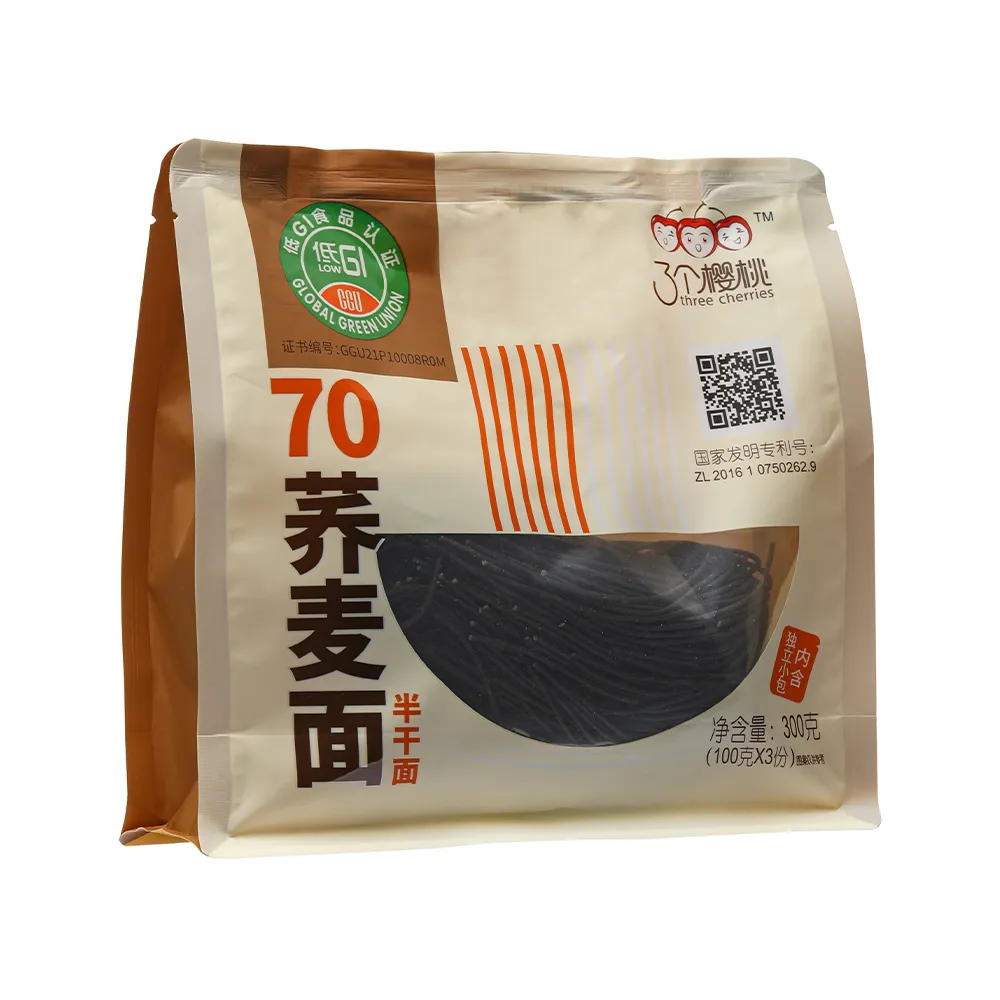
The technological advancements in food science, particularly in the manipulation of starch retrogradation and the incorporation of specific dietary fibers and resistant starches, have made the development of products such as soba GI70 ຕໍ່າ commercially viable. This allows for the creation of staple foods that align with modern dietary recommendations without compromising on taste, texture, or culinary versatility.
Manufacturing Process Flow of Low GI70 Soba
The production of soba GI70 ຕໍ່າ is a meticulously controlled, multi-stage process designed to achieve optimal glycemic reduction while preserving authentic soba characteristics. Our process integrates advanced food engineering techniques with traditional noodle-making artistry.
Key Materials and Ingredients:
- High-Quality Buckwheat Flour: Selected for its distinct flavor profile and inherent nutritional benefits.
- Specialized Wheat Flour: Provides structural integrity and enhances texture.
- Resistant Starch & Dietary Fibers: Precisely blended to modulate starch digestibility and significantly lower the GI. These typically include high-amylose maize starch or pea fiber, carefully chosen for their functional properties and sensory impact.
- Purified Water: Essential for dough consistency and optimal hydration during mixing.
Detailed Manufacturing Stages:
- Ingredient Pre-Blending & Sieving: Raw buckwheat flour, wheat flour, and the specific resistant starch/dietary fiber blends are accurately weighed according to proprietary formulations. These dry ingredients are then thoroughly pre-blended and sieved to ensure homogeneity and remove any particulates, preparing them for optimal hydration.
- Dough Mixing & Kneading (Hydration Control): The blended dry ingredients are gradually combined with purified water in industrial mixers. This stage is critical for developing the gluten network (from wheat flour) and hydrating the starches. Precise temperature and humidity control are maintained to achieve the ideal dough consistency—firm yet pliable—which is crucial for subsequent extrusion. Over-kneading or under-kneading can compromise noodle texture and processing efficiency.
- Noodle Extrusion (Precision Shaping): The prepared dough is fed into high-pressure noodle extruders. Specialized dies are used to form the characteristic thin, flat strands of soba. The extrusion process applies controlled pressure and shear, contributing to the noodle's structural integrity and preventing stickiness. This stage ensures consistent noodle dimensions, which is vital for uniform cooking and texture.
- Steam Blanching/Pre-Gelatinization: Immediately after extrusion, the fresh noodles undergo a controlled steam blanching process. This step partially gelatinizes the starches, enhancing their structural stability and reducing cooking time, while also playing a role in the GI reduction strategy by modifying starch crystallinity. This rapid heat treatment is precisely timed to avoid overcooking.
- Cooling & Separation: Post-blanching, the noodles are quickly cooled to halt the cooking process and prevent clumping. This often involves a cold air or water bath system. The cooled strands are then separated to ensure they remain distinct before drying.
- Multi-Stage Drying (Controlled Dehydration): This is a critical step for developing the unique texture of semi-dried noodles and for ensuring microbial stability, thereby extending shelf life. The noodles pass through multi-zone drying chambers with precisely controlled temperature and humidity profiles. Initial drying removes surface moisture, followed by slower, more gradual dehydration to reach the target moisture content. This prevents cracking and ensures uniform drying, crucial for the final product's quality and texture.
- Quality Control & Packaging: Throughout the entire process, rigorous quality control checks are performed. This includes visual inspection, moisture content analysis, texture profiling (tensile strength, elasticity), and regular sensory evaluations. Upon meeting all specifications, the dried soba GI70 ຕໍ່າ is meticulously weighed, portioned, and sealed in inert packaging to preserve freshness and extend shelf life, typically using modified atmosphere packaging (MAP) where appropriate.
Testing Standards and Certifications:
Our production facilities adhere to stringent international food safety and quality management standards. This includes:
- ISO 22000: Food safety management systems.
- HACCP (Hazard Analysis and Critical Control Points): A systematic preventive approach to food safety.
- FDA Compliance: Adherence to regulations set by the U.S. Food and Drug Administration for food products.
- Glycemic Index Testing (ISO 26642:2010): Independent laboratory testing confirms the GI value of 70, in accordance with internationally recognized protocols.

The typical shelf life for our sealed soba GI70 ຕໍ່າ is 12-18 months when stored under cool, dry conditions, ensuring long-term usability for B2B clients.
Technical Specifications and Nutritional Profile
Our soba GI70 ຕໍ່າ is engineered to deliver a precise nutritional profile that supports healthy dietary goals without compromising on culinary appeal. Below are the detailed technical and nutritional specifications.
Product Specifications Table:
| Parameter | ຂໍ້ມູນຈໍາເພາະ | Testing Method/Standard |
|---|---|---|
| Glycemic Index (GI) | ≤ 70 | ISO 26642:2010 (In Vivo) |
| Moisture Content | 10% - 13% | AOAC 925.09 |
| Protein Content | ≥ 12g per 100g dry product | Kjeldahl Method |
| Dietary Fiber | ≥ 6g per 100g dry product | AOAC 991.43 |
| Ash Content | ≤ 1.5% | AOAC 923.03 |
| Texture (Firmness) | Consistent al dente post-cooking | Texture Analyzer (TPA) |
| Packaging Options | Retail (250g, 500g), Bulk (5kg, 10kg) | Customizable per client needs |
| Shelf Life | 12-18 months (sealed, cool/dry) | Accelerated Shelf Life Testing |
Nutritional Information (per 100g dry product, approximate):
- Energy: 340-360 kcal
- Fat: 2-3g (of which saturates:
- Carbohydrates: 65-70g (of which sugars: 1-2g, dietary fiber: 6-8g)
- Protein: 12-14g
- Sodium:
These specifications ensure that soba GI70 ຕໍ່າ is not only a delicious and versatile ingredient but also a functionally superior choice for health-conscious food manufacturers and consumers.
Technical Advantages and Application Scenarios
The inherent design of soba GI70 ຕໍ່າ confers several significant technical and functional advantages, making it an ideal choice across diverse application scenarios and target industries.
Key Technical Advantages:
- Glycemic Control: The primary advantage is its measured GI value of 70 or less. This ensures a slower and more sustained release of glucose into the bloodstream, avoiding sharp spikes and subsequent crashes. This is particularly beneficial for individuals managing diabetes, those seeking sustained energy, and athletes.
- Enhanced Satiety and Weight Management: The higher fiber content and complex carbohydrate profile of soba GI70 ຕໍ່າ contribute to increased satiety. This prolonged feeling of fullness can aid in portion control and reduce overall caloric intake, supporting weight management programs.
- Digestive Health Support: The inclusion of dietary fibers promotes healthy digestion, contributes to regular bowel movements, and supports a balanced gut microbiome. This aspect is increasingly valued by consumers aware of the gut-brain axis connection.
- Versatile Culinary Application: Despite its advanced nutritional profile, soba GI70 ຕໍ່າ maintains the authentic taste and desirable texture of traditional soba noodles, allowing for seamless integration into various culinary preparations—from hot broths and stir-fries to cold salads and noodle bowls. Its robust structure resists overcooking better than some conventional thin noodles.
- Clean Label Potential: Our formulation can be designed to align with clean label trends, using recognizable ingredients and minimizing artificial additives, appealing to consumers seeking natural and wholesome food options.
- Extended Shelf Stability: As a semi-dried noodle, it offers a significantly longer shelf life compared to fresh noodles, simplifying logistics and inventory management for B2B distributors and food service providers.

Typical Application Scenarios and Target Industries:
- Healthcare & Dietetic Services: Hospitals, clinics, and dieticians recommending blood sugar management diets (e.g., for type 2 diabetes patients) can integrate soba GI70 ຕໍ່າ as a carbohydrate staple. It provides a healthier alternative to high-GI grains, supporting therapeutic dietary plans.
- Sports Nutrition & Performance Foods: Athletes and active individuals benefit from the sustained energy release, making it suitable for pre-workout meals or post-recovery carbohydrate replenishment. It can be featured in meal prep services catering to fitness enthusiasts.
- Premium Food Service & Restaurants: High-end restaurants and health-focused eateries seeking to offer sophisticated, health-conscious menu items can leverage soba GI70 ຕໍ່າ to appeal to a discerning clientele. Its authentic taste and functional benefits enhance menu value.
- Meal Kit & Prepared Meal Manufacturers: Companies specializing in healthy meal kits or ready-to-eat meals can utilize soba GI70 ຕໍ່າ as a base for various recipes, meeting the growing consumer demand for convenient, nutritious options.
- Retail (Supermarkets & Specialty Stores): Packaged for direct consumer sales, soba GI70 ຕໍ່າ attracts shoppers actively seeking low-GI, high-fiber, and naturally wholesome food options. It broadens the appeal of the noodle aisle.
- Corporate Wellness Programs: Organizations offering subsidized healthy meal options or catering services can include soba GI70 ຕໍ່າ to promote employee well-being and productivity through stable energy levels.
These applications underscore the versatility and market relevance of soba GI70 ຕໍ່າ as a premium, health-oriented food product designed for modern dietary needs.
Vendor Comparison and Customized Solutions
When evaluating suppliers for low GI noodle products, B2B decision-makers prioritize consistency, verifiable claims, and the ability to customize. Our commitment to quality and flexibility positions our soba GI70 ຕໍ່າ distinctively in the market.
Comparative Analysis: Low GI70 Soba vs. Standard Soba Noodles
| Feature | Our Low GI70 Soba | Standard Soba Noodles (Typical) |
|---|---|---|
| Glycemic Index (GI) | ≤ 70 (Independently verified) | 70 - 90 (Highly variable) |
| Fiber Content (per 100g dry) | ≥ 6g | 2-4g |
| Ingredient Control | Proprietary blend of buckwheat, wheat, resistant starches, fibers | Buckwheat and/or wheat flour, water |
| Nutritional Focus | Blood sugar management, sustained energy, satiety | General carbohydrate source, traditional taste |
| Target Market | Health & wellness, dietetics, sports nutrition, premium food service | General consumers, traditional Asian cuisine |
| Certifications | ISO 22000, HACCP, FDA Compliant, Independent GI Lab Reports | Varies; often basic food safety |
Customized Solutions:
We understand that B2B clients often have unique requirements concerning ingredient profiles, packaging, or specific nutritional targets. We offer comprehensive customized solutions for soba GI70 ຕໍ່າ products:
- Ingredient Adjustments: For clients with specific dietary needs (e.g., gluten-free options with comparable GI reduction, or enhanced protein content), our R&D team can explore alternative flour blends and functional ingredient inclusions while maintaining the low GI attribute.
- Tailored Packaging: From bulk foodservice packs (e.g., 5kg, 10kg) to specific retail formats (e.g., private label branding, various portion sizes, sustainable packaging materials), we can accommodate diverse packaging requirements to fit your market strategy.
- Nutritional Enhancement: Beyond GI management, we can work with clients to fortify noodles with additional vitamins, minerals, or specific functional ingredients (e.g., probiotics, prebiotics) based on target market health claims.
- Sensory Profile Modification: Slight adjustments to texture (e.g., firmness, chewiness) or subtle flavor profiles can be developed in collaboration with clients to meet specific culinary applications or regional preferences.
- Private Label Manufacturing: We offer robust private label services, enabling partners to market our high-quality soba GI70 ຕໍ່າ under their own brand, leveraging our expertise and certified production capabilities.
Our dedicated technical sales and R&D teams collaborate closely with clients from conceptualization through to production, ensuring that bespoke requirements are met with precision and scientific rigor.
Application Case Studies and Customer Experience
The practical application of soba GI70 ຕໍ່າ has consistently demonstrated its value and functional efficacy across various B2B partnerships. These case studies highlight real-world success and illustrate the tangible benefits our clients have realized.
Case Study 1: Large-Scale Meal Prep Service
Client: "NutriFuel Meals," a national meal preparation and delivery service specializing in healthy, portion-controlled meals for athletes and individuals with dietary restrictions.
Challenge: NutriFuel sought a carbohydrate base for their Asian-inspired dishes that offered a lower glycemic impact compared to rice or traditional noodles, without compromising taste or texture, to align with their brand promise of optimized nutrition.
Solution: We partnered with NutriFuel to integrate our soba GI70 ຕໍ່າ into their core menu. Our team provided bulk packaging solutions and assisted with recipe development to ensure optimal culinary performance.
Outcome: NutriFuel reported a 15% increase in customer satisfaction scores for meals featuring the soba, with specific feedback highlighting sustained energy and better satiety. Their sales of soba-based meals increased by 20% in the first quarter post-launch, reinforcing their brand as a leader in innovative healthy meal solutions.
Case Study 2: Hospital Dietary Department Upgrade
Client: Metropolitan Health System, a multi-hospital network enhancing its patient meal offerings to better support diabetic and post-operative recovery diets.
Challenge: The dietary department required a versatile, low-GI carbohydrate option to replace higher-GI alternatives, aiming to improve patient health outcomes and satisfaction, particularly for those needing blood sugar management.
Solution: Following rigorous nutritional and sensory evaluations by the hospital's dieticians and culinary staff, our soba GI70 ຕໍ່າ was selected for its verified GI profile and consistent quality. We supplied large-format, easy-to-prepare bulk packages.
Outcome: The hospital noted a measurable improvement in patient feedback regarding meal options and reported positive impacts on post-meal glucose stability among diabetic patients. The adoption of soba GI70 ຕໍ່າ allowed the dietary department to offer a broader range of culturally diverse and nutritionally appropriate meals, enhancing patient recovery and well-being.
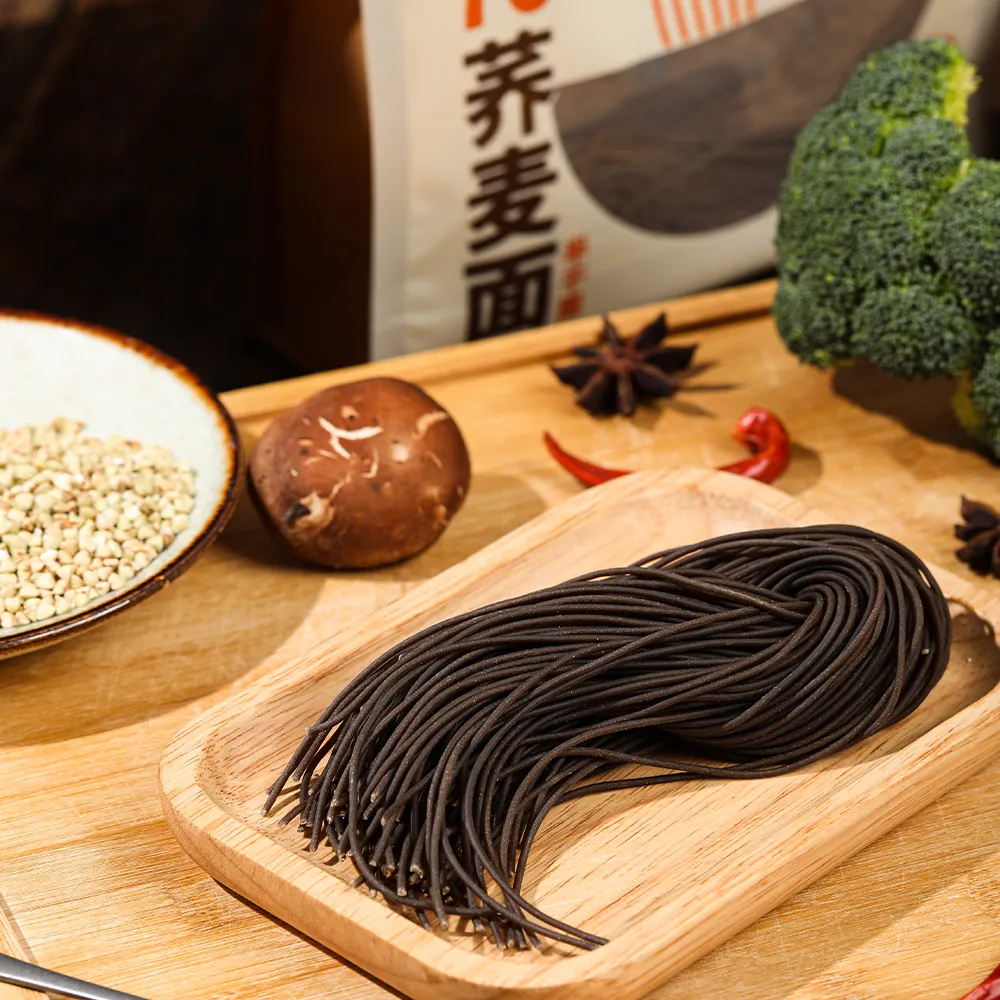
Customer Feedback Highlights:
"Switching to their soba GI70 ຕໍ່າ has been a game-changer for our health-focused menu. Our customers consistently praise the taste and texture, and we've seen a noticeable uplift in sales for our noodle dishes."
— Executive Chef, "Green Plate Eatery"
"As a distributor for specialty food products, the demand for low GI options is constantly growing. This soba product is one of our best sellers due to its excellent quality and verifiable health claims. The consistent supply and professional support are invaluable."
— Procurement Manager, "Global Foods Distributors"
These testimonials and case studies reflect our dedication to providing not just a product, but a solution that genuinely contributes to our clients' success and market differentiation.
Commitment to Trust: FAQ, Fulfillment, and Support
Our commitment to our B2B partners extends beyond product delivery. We foster long-term relationships through transparent communication, reliable fulfillment, and dedicated support for our soba GI70 ຕໍ່າ and other offerings.
Frequently Asked Questions (FAQ):
Q: How is the GI value of soba GI70 ຕໍ່າ verified?
A: Our product's GI value is independently tested by accredited third-party laboratories following the ISO 26642:2010 standard for in vivo glycemic index determination. Certificates of analysis are available upon request.
Q: Can this soba be used in hot and cold applications?
A: Absolutely. soba GI70 ຕໍ່າ is exceptionally versatile and performs excellently in both hot dishes like stir-fries and soups, and cold preparations such as salads or chilled noodle dishes.
Q: Are there any common allergens in the product?
A: Our standard soba GI70 ຕໍ່າ contains wheat and buckwheat. For specific allergen concerns or the development of allergen-free variants, please contact our R&D team to discuss customized solutions.
Q: What is the typical lead time for bulk orders?
A: Standard lead time for bulk orders is typically 4-6 weeks from confirmed purchase order to shipment, depending on order volume and current production schedule. Expedited options may be available for urgent requirements, subject to discussion.
Lead Time and Fulfillment Details:
- Order Processing: Orders are processed within 1-2 business days upon receipt of a confirmed purchase order.
- Production Schedule: Our advanced manufacturing facilities operate efficiently to ensure consistent output. For custom formulations, an additional 2-4 weeks may be required for initial R&D and pilot production.
- Logistics & Shipping: We partner with reputable logistics providers for both domestic and international shipping, offering various delivery options including FOB, CIF, and DDP to meet client-specific needs. Real-time tracking is provided for all shipments.
Quality Guarantee & Warranty Commitments:
We stand by the superior quality and performance of our soba GI70 ຕໍ່າ.
- Product Consistency: We guarantee that every batch of our soba will meet the specified technical and nutritional parameters, as outlined in our product specifications.
- Shelf Life Guarantee: Our products are warranted to maintain their quality and integrity for the stated shelf life when stored under recommended conditions.
- Food Safety Assurance: Our production facilities operate under strict ISO 22000 and HACCP protocols, ensuring the highest standards of food safety and hygiene.
- Issue Resolution: In the unlikely event of a product quality concern, our dedicated customer support team will promptly investigate and resolve issues in accordance with our quality assurance policies.
Dedicated Customer Support:
Our professional support team is available to assist B2B clients with technical inquiries, order management, and post-sales support.
- Technical Support: Experts are on hand to provide detailed product information, usage guidelines, and assist with any integration challenges.
- Account Management: Dedicated account managers ensure personalized service and streamlined communication for ongoing partnerships.
- Contact Information: For all inquiries, please reach out via our official website contact forms or directly to your assigned account manager.
We are committed to building lasting relationships based on trust, quality, and mutual success.
Conclusion
The development of soba GI70 ຕໍ່າ represents a significant advancement in functional food products, directly addressing the growing demand for health-conscious and nutritionally optimized dietary options. By meticulously controlling the manufacturing process, from raw material selection to final packaging, and adhering to stringent international quality standards, we deliver a product that is not only gastronomically appealing but also scientifically validated for its low glycemic impact.
For B2B partners across healthcare, sports nutrition, premium food service, and retail, this product offers a unique competitive advantage. Its technical superiority, combined with our robust customization capabilities and unwavering commitment to client support, makes it an ideal choice for businesses aiming to cater to the evolving needs of the global health and wellness market. Embrace the future of functional carbohydrates with our innovative soba solution.
References:
- International Organization for Standardization. ISO 26642:2010 Food products – Determination of the glycaemic index (GI) and recommendation for the classification of foods based on GI.
- Food and Agriculture Organization of the United Nations (FAO). Carbohydrates in Human Nutrition. Report of a Joint FAO/WHO Expert Consultation. FAO Food and Nutrition Paper 66. Rome, 1998.
- Brand-Miller, J. C., McMillan-Price, J., Steinbeck, D., & Caterson, I. (2009). Low-glycemic index diets in the management of diabetes: a meta-analysis of randomized controlled trials. Diabetes Care, 32(11), 2097-2099.
- International Organization for Standardization. ISO 22000:2018 Food safety management systems — Requirements for any organization in the food chain.
- World Health Organization (WHO). Diet, Nutrition and the Prevention of Chronic Diseases. Report of a Joint WHO/FAO Expert Consultation. WHO Technical Report Series 916. Geneva, 2003.
-
Authentic Fried Sauce Noodles: Savory, Satisfying, & Easy!ຂ່າວAug.28,2025
-
Wholesale Ramen Noodles Suppliersຂ່າວAug.27,2025
-
ເສັ້ນໂຊບະອິນຊີຂ່າວAug.27,2025
-
Organic Ramen Noodles Bulkຂ່າວAug.27,2025
-
Improving Foodservice: A Wholesale Buyer’s Guide to Fresh Pastaຂ່າວAug.27,2025
-
Dragon Chuka Soba Noodlesຂ່າວAug.27,2025
-
A Timeless Treasure of Northwestern Chinaຂ່າວAug.27,2025
ຄົ້ນຫາຜະລິດຕະພັນຕໍ່ໄປນີ້ຂອງພວກເຮົາໃຫມ່













































































































